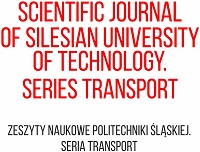


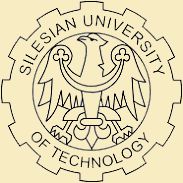
About Journal
Scientific Journal of Silesian University of Technology. Series Transport (SJSUT.ST) is a quarterly published by the Faculty of Transport and Aviation Engineering of Silesian University of Technology. Silesian University of Technology is one of the world, for largest public technical university in Poland which operate from 80 years.

Silesian University of Technology has received the Research University status.
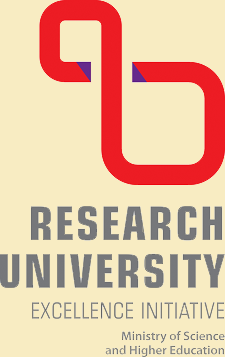
The journal was published continuously since 1983.
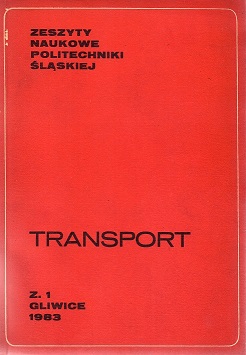
The journal is published quarterly in March, June, September and December.
In the journal there are published only original works, which have never been published before and there are not published in any proceedings.
Aims & scope
Scientific Journal of Silesian University of Technology. Series Transport (SJSUT.ST) is a multidisciplinary journal. The main fields are engineering (e.g. aerospace engineering, automotive engineering, civil and structural engineering, computational mechanics, control and systems engineering, engineering, industrial and manufacturing engineering, mechanical engineering, mechanics of materials, safety, risk reliability and quality) and social sciences (e.g. geography, planning and development, safety research, transportation).
The thematic scope of the published articles concerns a wide range of transport problems, in particular, the issues of the technical means of transport (construction and technical exploitation), telematics solutions for supporting transport processes’ realization, traffic engineering, transport infrastructure, planning transport systems, transport management and economics, environmental protection, health and ergonomic problems, safety in transport, quality and effectiveness of transport, education in transport industry, and transport law. Additionally, topics related to broadly understood security are being developed.
Abstracting and indexing
The journal is published as open access. This means that the results of research are freely available to a wide range of interested readers and allows for a global exchange of knowledge.

The journal has attained the Directory of Open Access Journals (DOAJ) seal. The seal is a mark of certification for open access journals awarded by the DOAJ, which is one of the biggest community-curated online directories that indexes and provides access to high-quality, open-access and peer-reviewed journals. Journals that adhere to an exceptionally high-level of publishing standards and best practice are awarded the seal as recognition of their efforts. The seal is awarded to a journal that fulfils a set of criteria related to accessibility, openness, discoverability, reuse and author rights. It acts as a signal to readers and authors that a journal has generous use and reuse terms, recognizes author rights and adheres to the highest level of "openness".

This journal is quoted in international databases and is a member of an international institution:
- BazTech
- Bielefeld Academic Search Engine (BASE)
- Cambridge University Libraries
- CeON Science Library
- Chicago University Library
- Chinese University of Hong Kong Library
- Columbia University Libraries
- CNKI SCHOLAR
- CrossRef
- Directory of Open Access Journals (DOAJ)
- Digital Object Identifier System (DOI)
- EBSCO
- Edinburgh University Library
- ERIH PLUS
- ETH Zurich Library
- Google Scholar
- HKALL Hong Kong Academic Library
- Hong Kong Polytechnic University
- Index Copernicus
- InfoBase Index
- Interdisciplinary Centre for Mathematical and Computational Modelling (ICM)
- J-Gate
- Kyoto University Library
- National Academies of Sciences Engineering Medicine
- National Library of Poland
- Open Researcher and Contributor ID (ORCID)
- Oxford University Libraries
- POL-index
- Polish Scholarly Bibliography PBN
- Princeton University Library
- Regensburg University Library
- ResearchGate
- Scopus
- SHERPA/RoMEO
- Transportation Research Information Services (TRIS)
- Washington University Libraries
- Web of Science - Emerging Sources Citation Index (ESCI)
- WorldCat
- Yale University Library

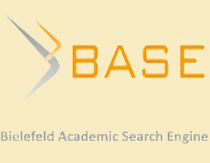

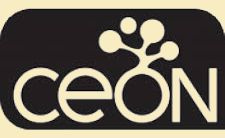





















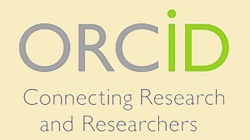
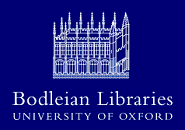



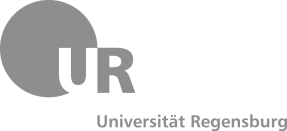
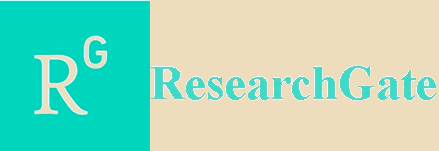
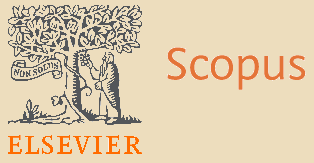




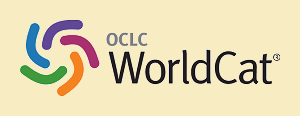

The print version of the journal is sent to the largest libraries in the world, for example:
- Charles University
- City University of Hong Kong
- Harvard University
- Hong Kong Polytechnic University
- Hong Kong University of Science and Technology
- Jagiellonian University
- Kazan Federal University
- Kings College of London
- Kuban State University
- Kyoto University
- Lomonosov Moscow State University
- Massachusetts Institute of Technology
- Moscow State University of Civil Engineering
- Moscow Technological University
- National Library of Poland
- Princeton University
- Saint Petersburg State Polytechnic University
- Siberian Federal University
- Stanford University
- Swiss Federal Institute of Technology
- Technical University of Munich
- Universita degli studi di Padova
- Universita di Bologna
- Universitat Heidelberg
- University of California
- University of Cambridge
- University of Copenhagen
- University of Edinburgh
- University of Hong Kong
- University of Oxford
- University of Tokyo
- Yale University
The quarterly journal has been indexed in the scored journals list of the Polish Ministry of Science and Higher Education.
The activity reported in the journal has been supported by the Polish Ministry of Science and Higher Education, which granted a subsidy for 2016-17 and 2018-19 and 2022-24. The granted funds are intended for activities related to the dissemination of science within the framework of the journal’s open access policy.

Since volume 91, all articles have been subject to a proofreading procedure by international professional companies, such as Academic Proofreading Services Ltd. in the UK.

Since volume 115, all articles have been subject to the iThenticate plagiarism checker system.
